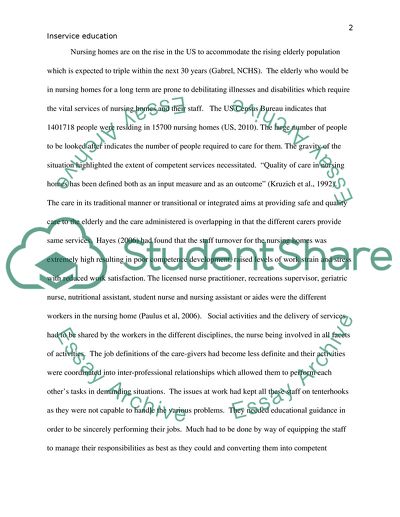Cite this document
(“Approaches to Effective In-service Education of Clinical Nursing Home Term Paper - 1”, n.d.)
Retrieved from https://studentshare.org/health-sciences-medicine/1584453-approaches-to-effective-in-service-education-of-clinical-nursing-home-personnel
Retrieved from https://studentshare.org/health-sciences-medicine/1584453-approaches-to-effective-in-service-education-of-clinical-nursing-home-personnel
(Approaches to Effective In-Service Education of Clinical Nursing Home Term Paper - 1)
https://studentshare.org/health-sciences-medicine/1584453-approaches-to-effective-in-service-education-of-clinical-nursing-home-personnel.
https://studentshare.org/health-sciences-medicine/1584453-approaches-to-effective-in-service-education-of-clinical-nursing-home-personnel.
“Approaches to Effective In-Service Education of Clinical Nursing Home Term Paper - 1”, n.d. https://studentshare.org/health-sciences-medicine/1584453-approaches-to-effective-in-service-education-of-clinical-nursing-home-personnel.


